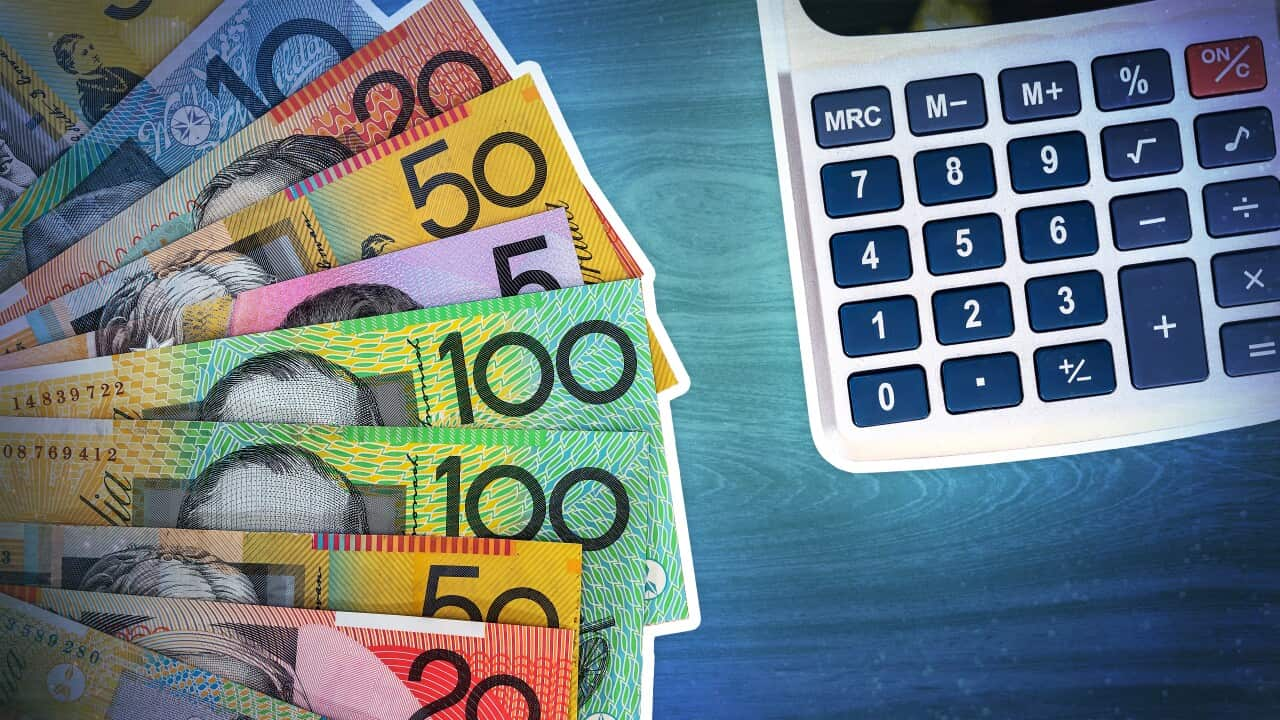But this money won’t be delivered as one payment, unlike the Low and Middle Income Income Tax Offset, which saw tax refunds increased by around $1000 in previous years.

Treasurer Jim Chalmers delivers the 2024/25 Budget statement in the House of Representatives at Parliament House in Canberra on Tuesday, May 14, 2024. Source: AAP / LUKAS COCH
Johnathan McMenamin, a senior economist at financial services company Barrenjoey, said the stage three tax cuts were different to previous cuts because taxpayers would see money in their pay packets on an ongoing basis.
“It’ll be a smaller amount — where you will see it every week or every month (whenever you receive your pay packet) as an effective pay rise from paying lower tax,” he said.
“It’s more of a modest trend lift in people’s incomes, rather than a big lump sum payment.”
To calculate the effective rise in your pay packet, use our interactive or check the table below.
Other budget measures to help with cost of living pressures were also announced.

Stage 3 tax cuts and how they will impact people’s pay packets.
Help with electricity bills
Delivered in partnership with state governments, the previous energy bill relief payments were targeted to those on income support, seniors and family tax benefit holders, and delivered as a direct credit on power bills.
Rent assistance
It comes after the government lifted the maximum amount of the rent assistance subsidy by 15 per cent last year. This supplement is provided to those on lower incomes.
Nuisance tariffs
This will reduce the import costs of these products and should make the items cheaper.
